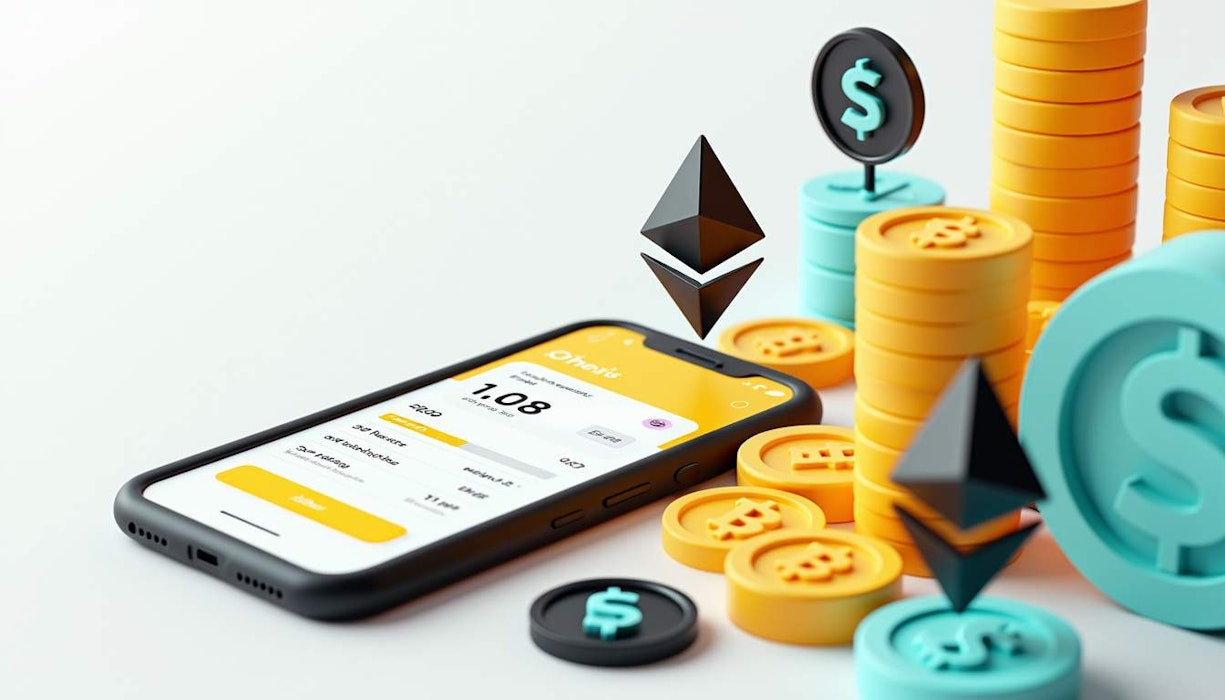I've been diving deep into the world of crypto trading, and one thing is crystal clear: every dollar saved on fees can make a huge difference to your bottom line. So, I decided to put together this guide on how to find the exchanges with the lowest fees out there. I'll also touch on some strategies to keep more of your hard-earned cash in your pocket. Whether you're a seasoned pro or just starting out, there's something here for you.
The Basics of Crypto Exchange Fees
First off, let's talk about why exchanges even charge fees. These costs help cover everything from server upkeep to employee salaries and marketing. But not all fees are created equal. There are two main types you'll encounter:
- Maker Fees: Charged to those who place limit orders that add liquidity.
- Taker Fees: Charged to those who execute existing orders, removing liquidity.
Understanding these can save you a lot if you play your cards right.
Different Types of Exchanges and Their Fee Structures
Decentralized Exchanges (DEXs)
Now, onto the types of exchanges. DEXs are popular for a reason:
- Pros: Generally lower fees, and some even have zero trading fees.
- Cons: Liquidity can be an issue, plus gas fees can skyrocket during busy times.
Centralized Exchanges (CEXs)
CEXs are where most people trade:
- Pros: Better security and usually higher liquidity.
- Cons: They often hit you with higher fees.
Strategies to Keep Those Fees Down
So how do you minimize these pesky costs? Here are some strategies I've picked up along the way.
First up, choose exchanges that offer competitive rates. Some have zero maker fees and low taker fees—perfect for high-frequency traders like me. Next, take advantage of tiered fee structures; if you're trading a lot, this can really cut down costs. Also consider using native tokens for fee payments; many exchanges offer discounts this way.
Don't sleep on DEX aggregators either—they're designed to find the best prices across multiple platforms and often come with zero trading costs themselves. Lastly, timing your trades can also make a difference; try to avoid peak hours when gas prices are high.
Key Factors When Picking an Exchange
When choosing an exchange beyond just looking at the fee structure, consider these factors:
- Security: Make sure they have robust measures in place.
- Liquidity: High liquidity means less price slippage.
- Customer Support: You want responsive support in case things go sideways.
Geopolitical Tensions and Their Impact on Crypto Markets
I’ve noticed that geopolitical tensions can really shake things up in crypto markets. For example, during recent conflicts in the Middle East, Bitcoin took quite a hit as investors fled to safer assets like gold.
These events not only affect market sentiment but also lead to increased regulatory scrutiny which further complicates things for us crypto enthusiasts.
How To Navigate Through It All?
Diversification is key! Having a mix of assets—both traditional and crypto—can help cushion against shocks from any one event. And staying informed is crucial; know what’s happening globally so you can anticipate market moves.
Are Low-Fee Exchanges Safe?
A big question many have is whether low-fee exchanges compromise on security. Not necessarily! Take Kraken for example—it’s known for its low fees AND high security standards including 2FA and cold storage of funds.
However, it’s wise to do your homework; check if an exchange has good regulatory standing as those tend to be more secure.
Hidden Costs You Might Not Be Aware Of
Before you jump into using that ultra-low fee exchange, be aware of some potential hidden costs:
Withdrawal fees can eat into your profits even if trading costs are low as hell! Some platforms charge hefty amounts just for moving your coins out—looking at you Binance!
Also watch out for deposit fees; some places will charge you just for sending them crypto or fiat!
Summary
Finding the cheapest trading environment requires work but it pays off big time! By being smart about where—and how—you trade you'll keep more money in your pocket at the end of the day.
